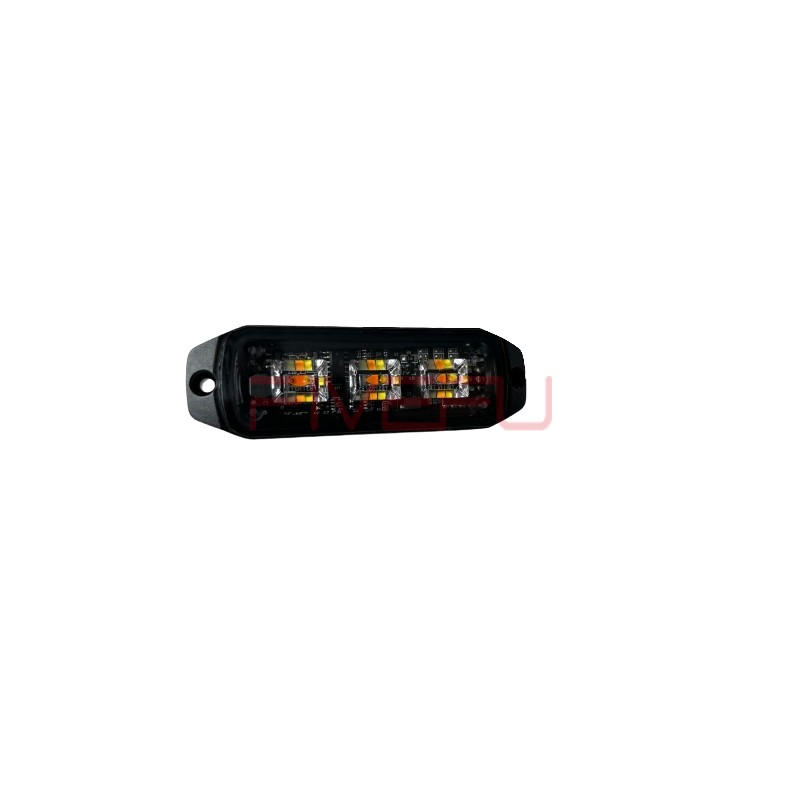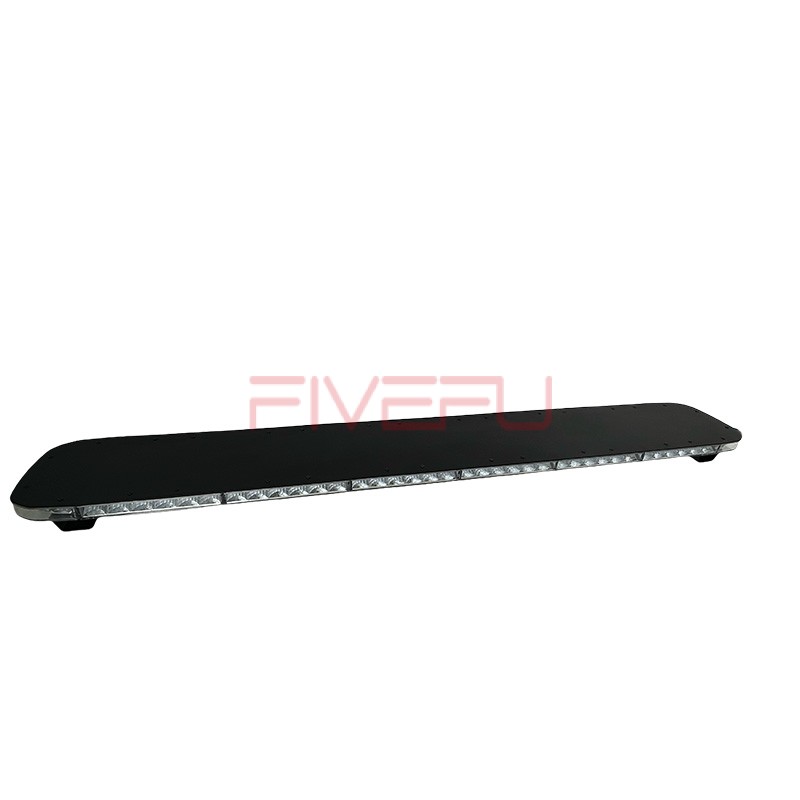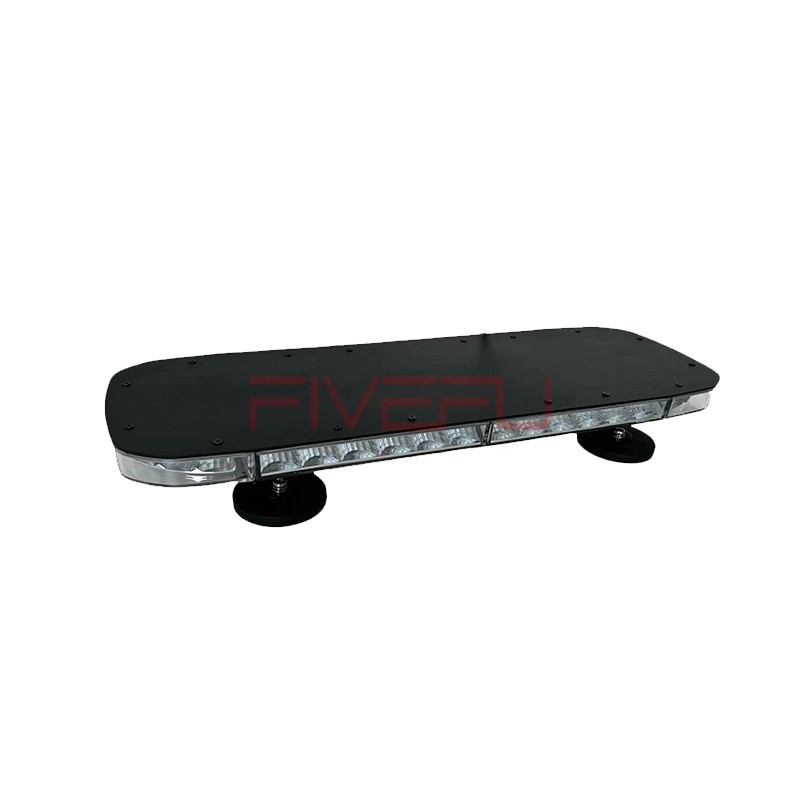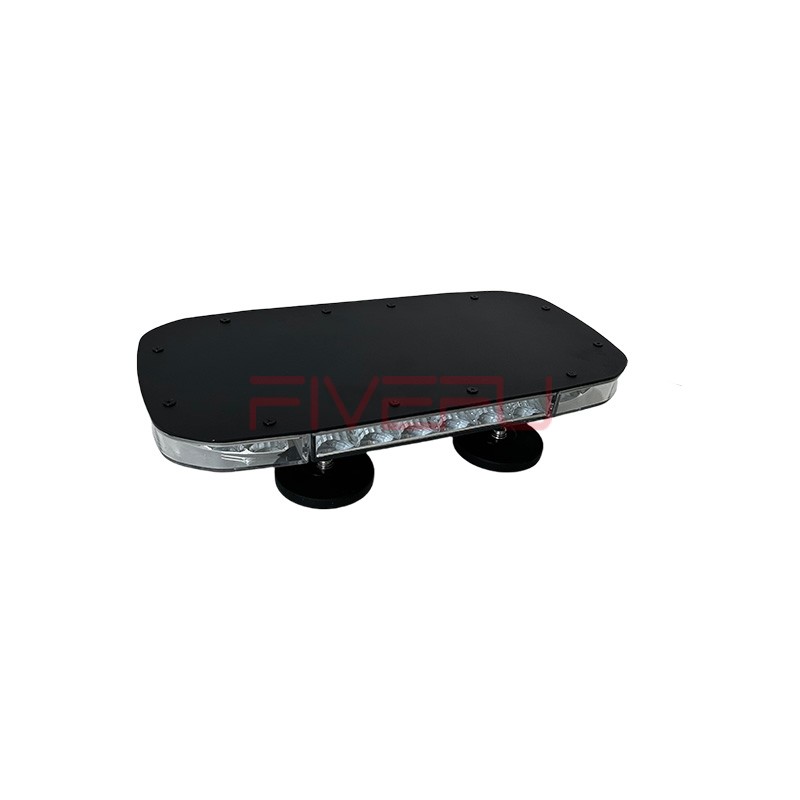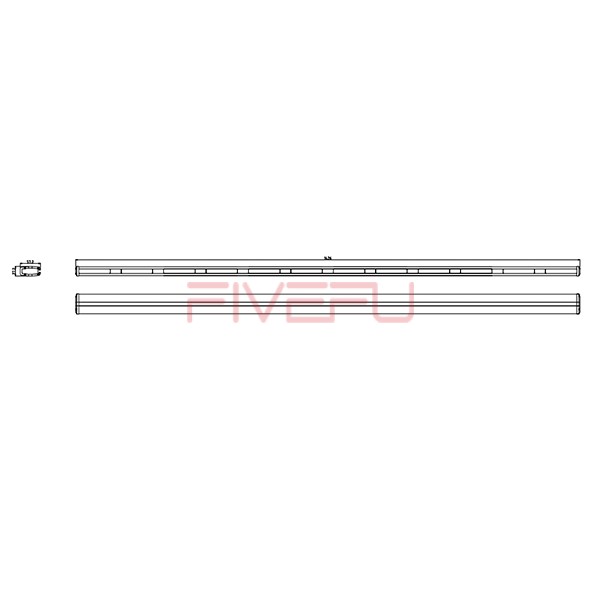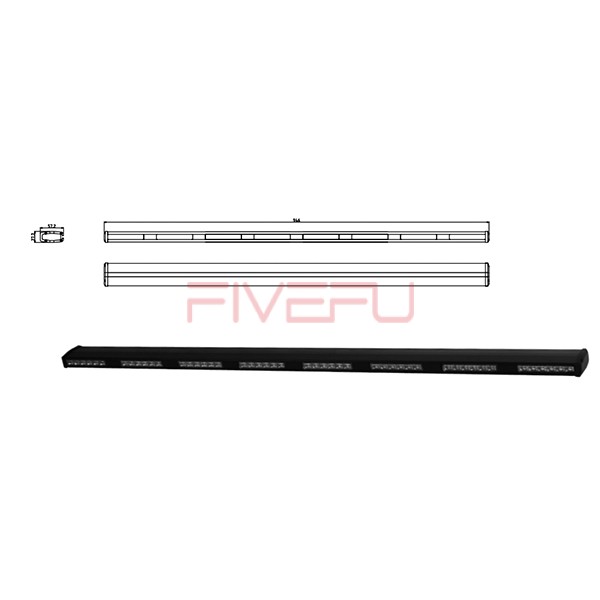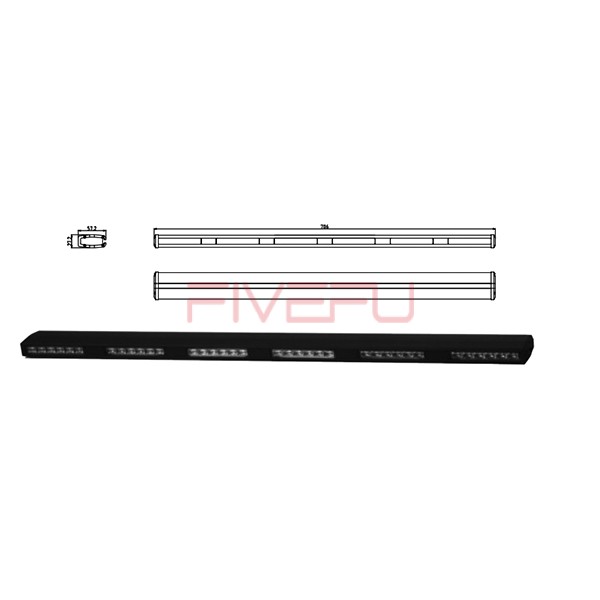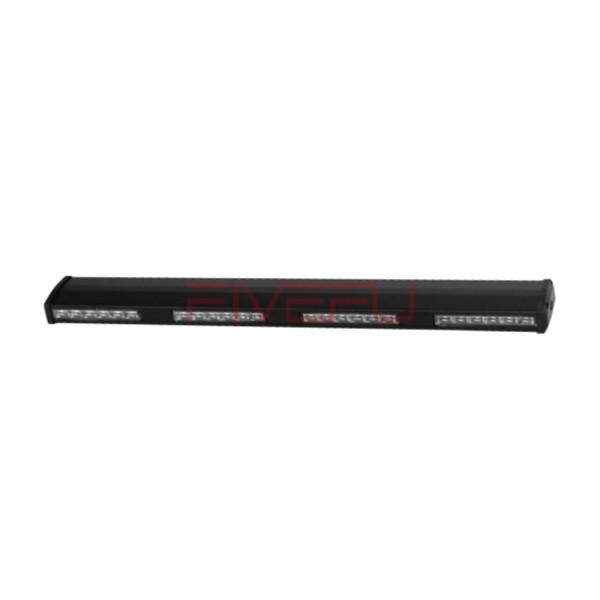Poor lighting in a vehicle’s interior can make nighttime driving and navigation difficult. Without proper illumination, visibility is compromised, leading to safety issues. Installing LED lights enhances visibility, aesthetics, and functionality.
Installing LED lights in your vehicle’s interior involves selecting the right LED type, preparing the installation area, wiring the lights correctly, and securing them in place for optimal illumination.
Following a step-by-step installation guide ensures a professional and seamless setup.
Steps to Install LED Interior Lights
1. Choose the Right LED Lights
Select high-quality LED strips, pods, or bulbs with the correct voltage rating for automotive use.
2. Identify Installation Locations
Common areas include footwells, dashboard, door panels, or under seats for ambient lighting.
3. Prepare the Surface
Clean and dry the installation area to ensure strong adhesion of LED strips or fixtures.
4. Wire the LEDs Properly
Use a fuse tap or connect the wiring to an accessory power source. Ensure secure and insulated connections.
5. Secure and Test the Lights
Attach the LEDs using adhesive backing or clips, then test the lighting to confirm proper operation.
Safety Tips for LED Installation
- Use automotive-grade LEDs to prevent power issues.
- Avoid overloading circuits to prevent electrical failures.
- Ensure proper wire management to avoid short circuits.
Benefits of LED Interior Lighting
LED interior lights enhance visibility, improve aesthetics, and provide energy-efficient lighting solutions for your vehicle.
Conclusion
Properly installed LED interior lights improve vehicle ambiance, increase safety, and offer a customizable lighting experience.
